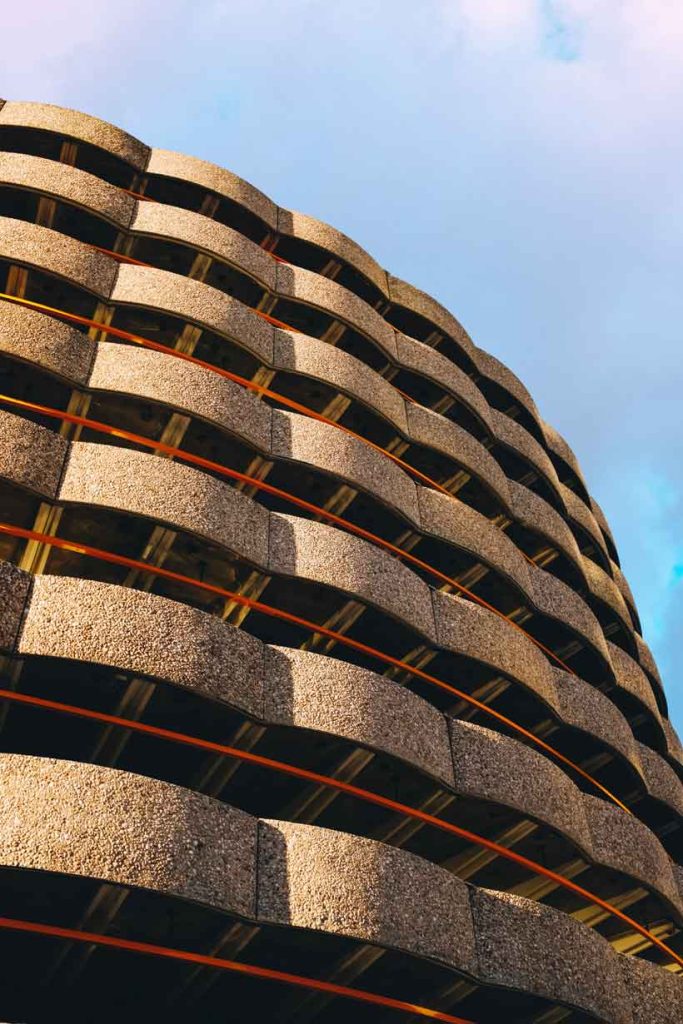Steel’s versatility is a significant asset in the field of architecture, allowing for creative and flexible design possibilities. Architects and designers often leverage steel in various ways to achieve innovative and unique architectural expressions. Here’s how steel’s versatility benefits architectural design:

High Strength-to-Weight Ratio: Steel’s strength-to-weight ratio is exceptional, enabling architects to create structures with minimal material thickness and weight. This quality makes it possible to design slender and lightweight structures, such as long-span bridges and skyscrapers.
Long Span Capabilities: Steel can span long distances without the need for intermediate supports. This feature allows for open, column-free spaces in buildings, enhancing interior design possibilities and architectural aesthetics.
Architectural Flexibility: Steel can be easily molded and shaped into various forms and profiles. It can be curved, twisted, or bent to achieve unique and artistic designs, enabling architects to explore innovative shapes and structures.
Transparent Facades: Steel can be used to create curtain walls and large glass facades. Its structural integrity allows for the creation of transparent, light-filled spaces, providing visual connectivity with the surroundings.
Aesthetic Options: Steel can be finished in various ways, including paint, coatings, or leaving it exposed for an industrial aesthetic. The wide range of finish options gives architects the freedom to choose the appearance that best complements their design vision.
Sustainability: Steel’s recyclability and long lifespan make it a sustainable choice for architectural projects. Incorporating recycled steel into designs can contribute to environmentally responsible construction.
Integration with Other Materials: Steel can be integrated with other building materials, such as glass, wood, and concrete, to create striking architectural contrasts and combinations. This versatility allows for a blend of textures and materials in a single structure.
Speed of Construction: Prefabricated steel components can significantly reduce construction time, which is valuable for projects with tight timelines or in areas with a need for rapid development.
Seismic and Wind Resistance: Steel’s ability to withstand seismic forces and high winds is advantageous in regions prone to earthquakes and hurricanes. This resilience can influence the design of structures in these areas.
Iconic Landmarks: Many iconic architectural landmarks, such as the Eiffel Tower, Sydney Opera House, and the Burj Khalifa, feature steel prominently in their designs, showcasing the material’s ability to create visually stunning structures.
Overall, steel’s flexibility, strength, and aesthetic options make it a preferred choice for architects and designers seeking to push the boundaries of architectural design. It provides the freedom to create structures that are not only functional and safe but also visually captivating and unique.

